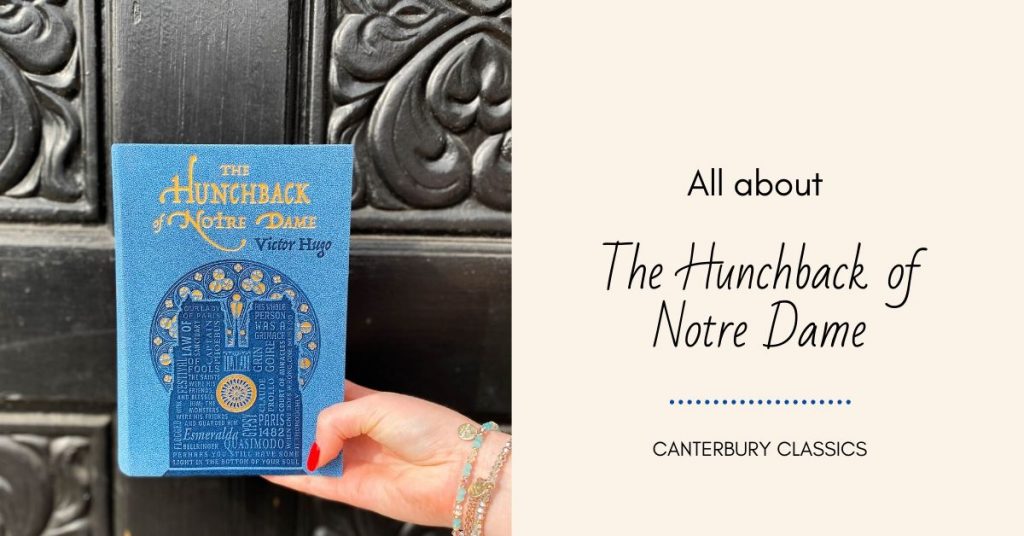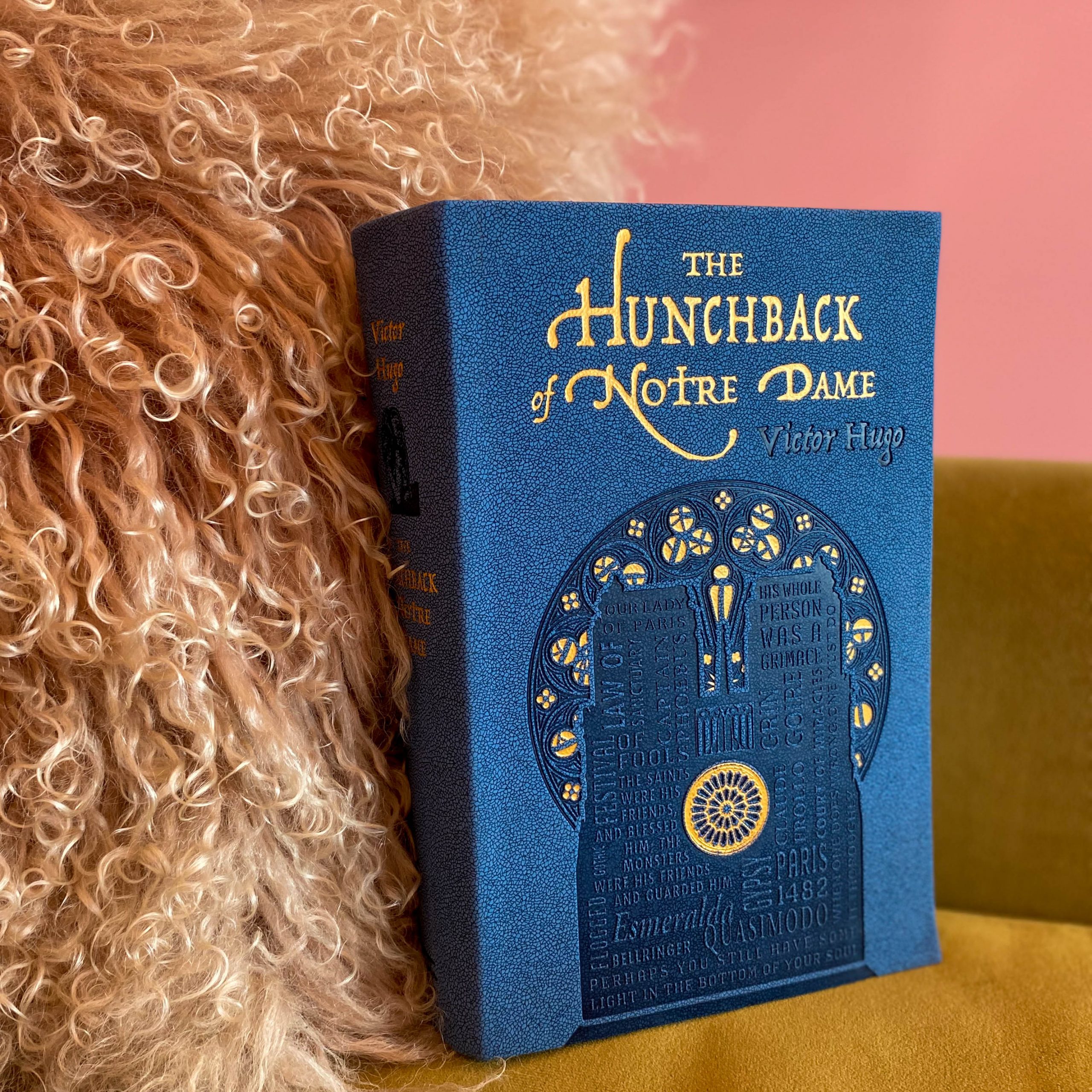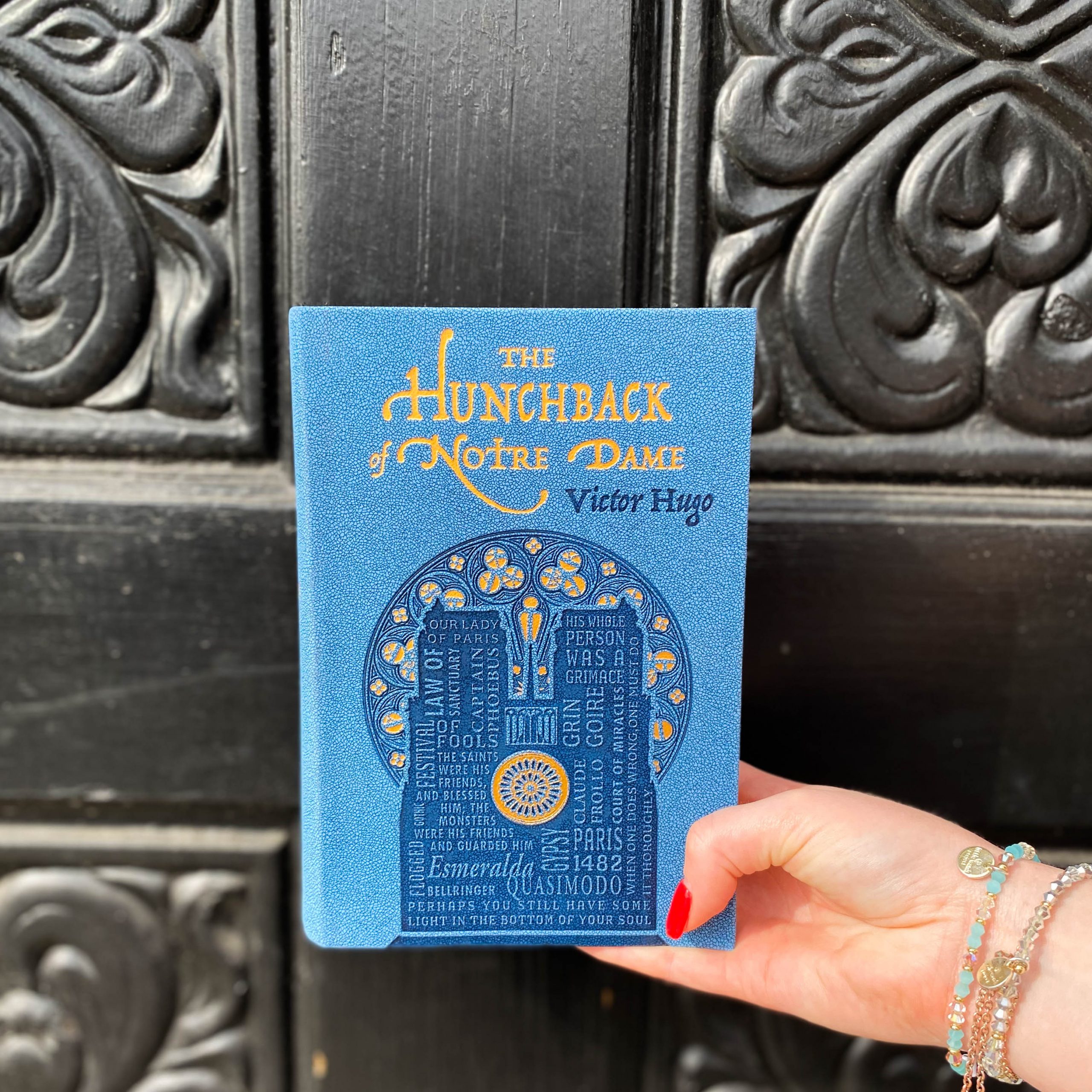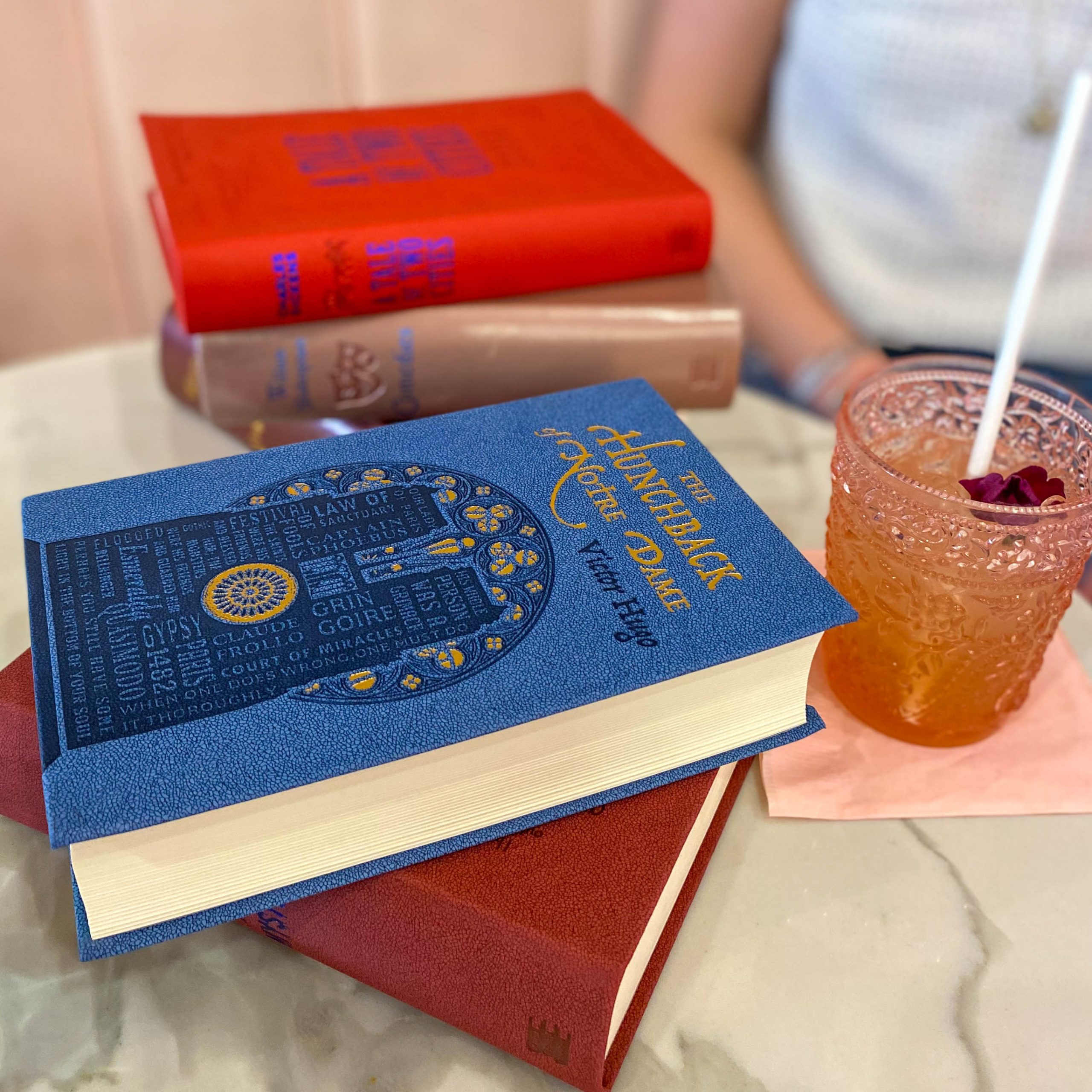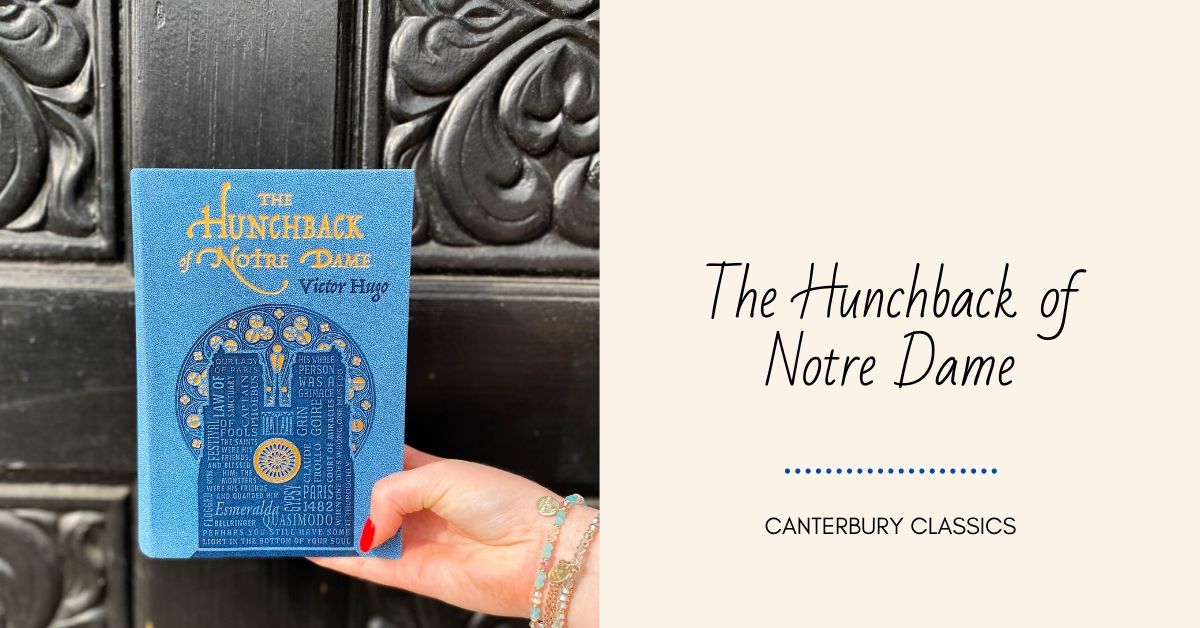
The Hunchback of Notre Dame is one of the greatest novels ever written, and we’re proud to publish a brand-new Word Cloud Classics edition of Victor Hugo’s masterpiece. Here are a few things you may not have known about it.
Much of the story is told through the eyes of the title character, Quasimodo, a shunned pariah who lives in the Notre Dame Cathedral and rings its bells. Quasimodo translates to “almost like,” meaning he’s “almost” a full person. (Hey, 19th century literature was dark.)
In 1836, Louise Bertin composed La Esmerelda, an opera based on The Hunchback of Notre Dame. It was a bold adaptation — she got rid of the sad ending and turned it into a love story about Esmeralda and Phoebus and reduced Quasimodo to a minor character. When approached for permission, Hugo was so impressed he agreed to write the opera’s libretto, or script.
One of the reasons why The Hunchback of Notre Dame is so very long—930 pages—is because Hugo liked to lace his novels with long narrative essays and opinion pieces about the themes of the novel. In other words, literary analysis of a book from inside of the book.
In Notre Dame, for example, there are detailed, pages-long descriptions of the famous cathedral in which the book is set. That’s because Hugo wrote the book in order to encourage preservation of the cathedral, and to encourage architects to revive the Gothic style. And it worked—Hugo, and Notre Dame, proved so popular that restorations were soon underway on the Notre-Dame Cathedral, and the Gothic revival period of architecture picked up speed.
Hugo’s intention was to showcase the cathedral itself, more so than to highlight any single character. As such, only in English is the book known as The Hunchback of Notre Dame, to indicate a focus on Quasimodo. That upset Hugo, who preferred the original French title of Notre-Dame de Paris.
It’s a dark, tragic novel with some heady religious themes, which is part of the reason why it’s surprising Disney turned it into an animated movie musical in 1996. They had to downplay a lot of the Catholicism from the book, which takes place in a cathedral, after all. Originally, the wicked Frollo was a corrupted priest; Disney made him a judge. Also: In the novel, Quasimodo is lonely and sad and spends long passages pouring out his heart to the gargoyles of the Notre Dame Cathedral. In the Disney movie, they’re three wisecracking creatures named Victor, Hugo, and Laverne.








